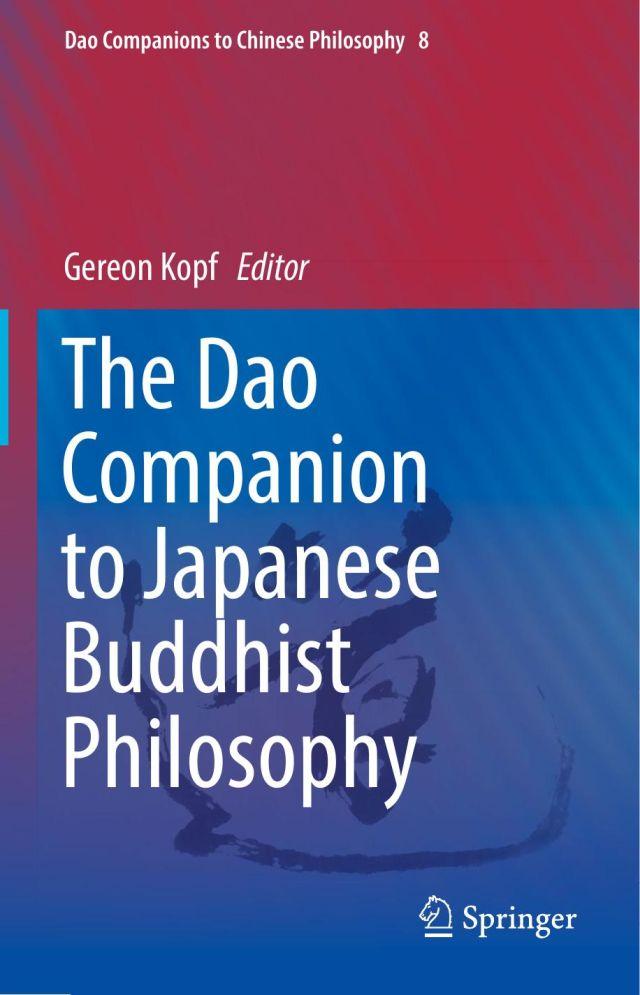It is commonly assumed that the Buddha beckons us to recognize the reality of old age and death in order to motivate us to enter the path of renunciation leading to Nibbāna, complete liberation from the round of birth and death. However, while this may be his ultimate intention, it is not the first response he seeks to evoke in us when we turn to him for guidance. The initial response the Buddha intends to arouse in us is an ethical one. By calling our attention to our bondage to old age and death, he seeks to inspire in us a firm resolution to turn away from unwholesome ways of living and to embrace instead wholesome alternatives.
Again, the Buddha grounds his initial ethical appeal not only upon a compassionate feeling for other beings, but also upon our instinctive concern for our own long-term welfare and happiness. He tries to make us see that to act in accordance with ethical guidelines will enable us to secure our own well-being both now and in the long-term future. His argument hinges on the important premise that actions have consequences. If we are to alter our accustomed ways, we must be convinced of the validity of this principle. Specifically, to change from a self-stultifying way of life to one that is truly fruitful and inwardly rewarding, we must realize that our actions have consequences for ourselves, consequences that can rebound upon us both in this life and in subsequent lives.
. . .
The realization that we are bound to grow old and die breaks the spell of infatuation cast over us by sensual pleasures, wealth, and power. It dispels the mist of confusion and motivates us to take fresh stock of our purposes in life. We may not be ready to give up family and possessions for a life of homeless wandering and solitary meditation, but this is not an option the Buddha generally expects of his householder disciples. Rather, as we saw above, the first lesson he draws from the fact that our lives end in old age and death is an ethical one interwoven with the twin principles of kamma and rebirth. The law of kamma stipulates that our unwholesome and wholesome actions have consequences extending far beyond this present life: unwholesome actions lead to rebirth in states of misery and bring future pain and suffering; wholesome actions lead to a pleasant rebirth and bring future well-being and happiness. Since we have to grow old and die, we should be constantly aware that any present prosperity we might enjoy is merely temporary. We can enjoy it only as long as we are young and healthy; and when we die, our newly acquired kamma will gain the opportunity to ripen and bring forth its own results. We must then reap the due fruits of our deeds. With an eye to our long-term future welfare, we should scrupulously avoid evil deeds that result in suffering and diligently engage in wholesome deeds that generate happiness here and in future lives.

















